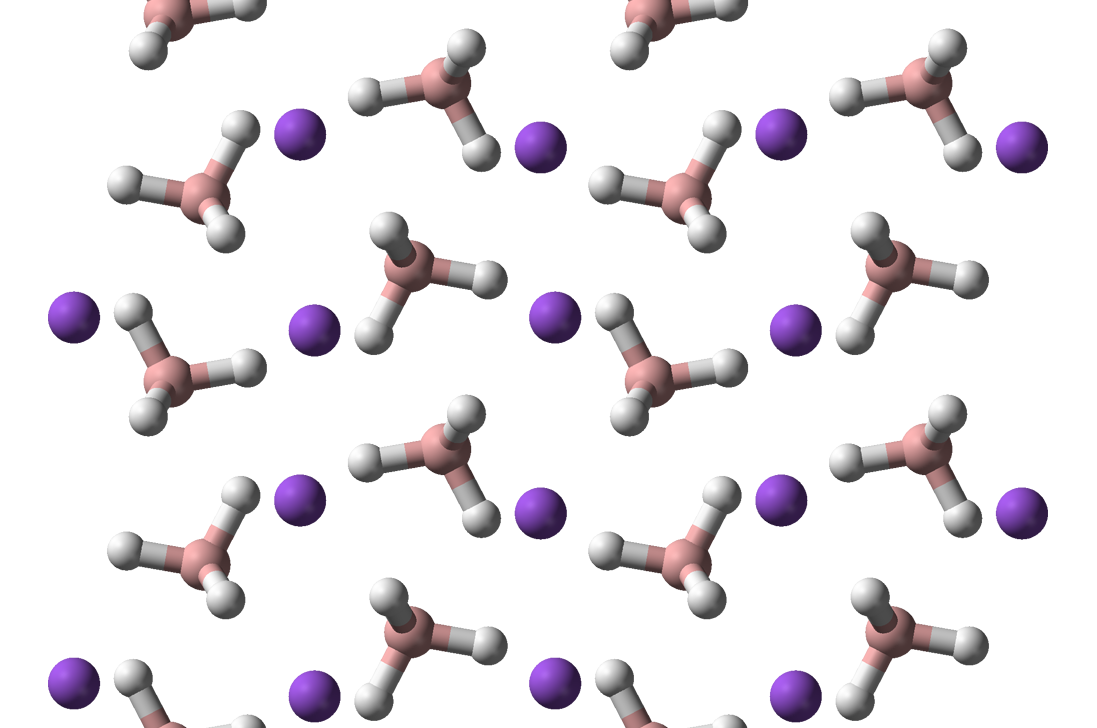 The Many Uses of Sodium Borohydride
The Many Uses of Sodium Borohydride
Sodium borohydride is a low-cost inorganic compound with unique reduction, bleaching, brightening, and purification properties.
These properties, which we explore below in greater detail, make sodium borohydride an effective processing ingredient for certain applications within the pharmaceutical, pulp, paper and textile, electronics, and agrochemicals industries.
Snapshot
Chemical name: Sodium borohydride
Molecular formula: NaBH4
CAS NO: 16940-66-2
Physical Properties: White crystalline powder or granule
Markets & Applications: Pulp and paper, pharmaceuticals, textiles, breweries (hops), electronics, fine chemicals, and agrochemicals.
Available in 50kg drums containing either 10x5kg PE bags or 5x10kg PE bags.
Download Specifications | Contact Us for Pricing & Availability
Overview of Applications
Sodium borohydride is a water-soluble reductant compound widely used in pharmaceutical, pulp and paper applications.
Due to its properties as a color, odor and toxin reduction agent, sodium borohydride is also beneficial for unique applications in textiles, fine chemicals, fuel cells and hydrogen storage, pollution prevention and more.
Pharmaceutical Applications
Sodium borohydride is used extensively in the pharmaceutical industry in the production of antibiotics and other compounds.
In one common example, sodium borohydride is used to produce sodium dithionite, which is sold as a stabilized powder or produced on site.
The sodium dithionite mixture, also known as Borol™ solution in its premixed form, is then used to reduce carbonyl compounds, such as aldehydes and ketones, to alcohols for drug manufacture.
Pulp, Paper & Textile Applications
In the pulp and paper industry, the main use of Sodium Borohydride is as a reductive bleaching compound.
Specifically, sodium dithionite (hydrosulfite Na2S2O4) is the most commonly used type of reducing chemistry in mechanical pulp bleaching processes.
The hydrosulfite mixture can be produced on site from sodium borohydride and sodium bisulfite.
The hydrosulfite solution is then used to remove unwanted color from pulp while maintaining high yield characteristics.
This mechanical bleaching process is most commonly used for smaller brightness gains suited for production of pulp based packaging materials, tissues, newsprint and telephone directory papers.
The same reduction chemistry is also used to bleach deinked pulps and strip color from recycled, mixed office waster papers.
Also, in the textile industry, sodium borohydride is finding increased application as a bleaching agent for natural fiber based textiles.
Light Stable Hops
Another interesting use of sodium borohydride is in the production of light stable hops.
Specifically, a borohydride reduction is used create a light stable kettle extract (rho-iso-alpha-acid), which is then used to achieve hop character in light-stable beers.
This chemistry is most useful for breweries that package beer in green, lightly tinted or clear bottles.
Learn More about Light Stable Hops Technology
Emerging Markets and Applications
Direct Borohydride Fuel Cells
A new and experimental use of sodium borohydride is in the production of direct borohydride fuel cells. These cells do not rely on hydrogen or hydrocarbons. Instead borohydride is used as the primary fuel source.
Hydrogen Storage
Within the alternative energy field, sodium borohydride can also be used as a hydrogen storage agent. It is a candidate for this growing trend in alternative energy due to its high hydrogen density, low cost, and relative air stability.
Gold Nanoparticles
The product is also used in the synthesis of gold nanoparticles, which are used in various fields such as electron microscopy, chemotherapy, radiotherapy, medical research etc.
If you are interested in learning more about sodium borohydride or looking for a competitive source of this material in the U.S., please feel free to contact us.
